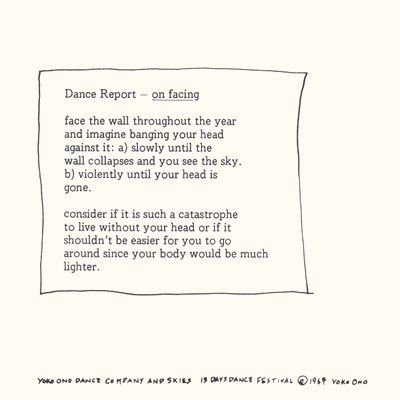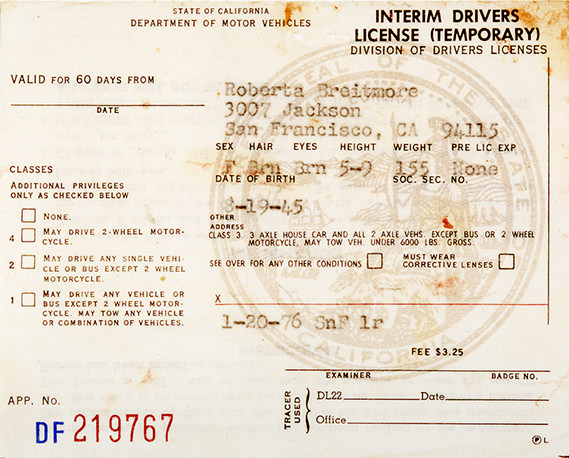Intro
At the beginning of this journey, we, as a task group, were entrusted with developing pedagogical method(s) for mapping potential assumptions and expectations around an art institution’s various actors. The first goal was “to create an understanding of the art institution as a collective body and increase mutual understanding and empathy for the different actors inhabiting the institution” (TTTT application). We, therefore, created and tested the following scores for using artistic strategies to explore the institutions we currently belong to, have belonged to or are currently affiliated with through the TTTT programme. This page introduces the three scores and provides links to fuller descriptions of each.
What is a score?
Briefly, a score is traditionally a tool used by musicians to denote different notes and chords in music. This has shifted along the way, with users claiming the score for different purposes, such as dancers mapping out movements and contemporary performance artists using it as a form of script. Fluxus, for example, is a well known artistic movement that would use scripts/scores as instructions for performances, such as “Grapefruit” by Yoko Ono, which is a series of scripts/scores with instructions allowing the audience to enact the performance itself.

“Grapefruit” by Yoko Ono (1969): Ono shared this image of her 1969 work, which uses a score for her performance work. Twitter on April 28, 2012. More can also be found at Swann Galleries.
Another performance that gave insights on how to develop our scores was the Lynn Hershman Leeson work titled, “Roberta Breitmore.” The piece is in many ways a manifestation of an institutional body, creating discussions about both individual identity and identities formed within institutions. It also uses institutional systems and objects as props, e.g., the temporary driver's licence shown below.

Lynn Hershman Leeson’s “Roberta Breitmore”(1973-78), driver's licence issued on January 20, 1976. More info on this piece can be found at www.lynnhersman.com
To develop the three scores, we were, also, heavily influenced by the work of Sara Ahmed1 and Elisabeth (Dori) Tunstall.2 These two academics have become role models for working within an institution in order to change it. They have proven one can do so with respect and criticality. References to how they have influenced our work are included in the scores themselves.
The score as a pedagogical exercise
For this group, the score is used to transfer a pedagogical exercise from one institutional body to another and is written so it can be customized for each new setting. Some material from our use of the scores is provided to show how they can be applied.
These scores were composed to evoke agency, a capacity to act), while entering the institution at different entry points. The emphasis was on instilling an understanding that students and staff both have the capacity to act while entering a higher arts education institution. What we found was that support methods for doing this wisely and ethically are often needed. bell hooks emphasized that in order to teach to transgress, empowerment, engagement and vulnerability must be embraced by all involved:
“When education is the practice of freedom, students are not the only ones who are asked to share, to confess. Engaged pedagogy does not seek simply to empower students. Any classroom that employs a holistic model of learning will also be a place where teachers grow and are empowered by the process. That empowerment cannot happen if we refuse to be vulnerable while encouraging students to take risks.” bell hooks (1994, 21)
Hence, as a group, we asked ourselves how might the institution confess and stand vulnerable? Can we enact confessions at different levels that create a sense that anyone involved has the power to question, to disagree, to change the institution and themselves? And if we can do that, why not start as soon as one enters? We got inklings of answers while creating and experimenting with the scores.
The scores
The first two describe short interactive exercises.
Score ❶
The Runaround Exercise is a reflective intervention giving attention to the entering of our institutions’ buildings as students.
Score ❷
The Hat Mapping is an exercise on pre-defining roles in a collaborative group project.
Score ❸
The Institutional Investigation Course Assignment describes a longer project: a multi-week course assignment that involves entering a programme, an institution and a school of thought.
For each, we've provided a short overview and concrete examples of how we tested them. We invite you to take them, try them, twist them and, even, if necessary, toss them out. Whatever you do, we'd love to hear about it. Send us a line via samanthahookway@gmail.com.
Sara Ahmed | Closing the Door: Complaint as Diversity Work from Kaaitheater on Vimeo.
References
- Ahmed, Sara. “Closing the Door: Complaint as Diversity Work”, video, 2020. https://vimeo.com/394962111
- Ahmed, Sara. “You end up doing the document rather than doing the doing: Diversity, race equality and the politics of documentation”, Ethnic and Racial Studies, 30:4, 590-609, 2007. DOI: 10.1080/01419870701356015
- Brown, Adrianne Maree. Emergent Strategy: Shaping Change, Changing Worlds, AK Press, Edinburgh, 2017.
- Deem Journal. Pedagogy for a New World, 2021(2).
- Hershman Leeson, Lynn. “Roberta Breitmore”, 2021.
- hooks, bell. Teaching To Transgress, New York: Routledge, 1996.
- Tunstall, Elisabeth (Dori) and Grandoit-Sutko, Alice. “On Designing for Respect”, Deem Journal, W/S 21(two), 96-99, 2021.
- Tunstall, Elisabeth (Dori) and Kett, Robert J. “Respecting our Relations: Dori Tunstall on Decolonizing Design.” Jacobs Institute, 2019.
-
Sara Ahmed, “Closing the Door: Complaint as Diversity Work”, lecture on Vimeo, 2020. ↩
-
The work of Dori Tunstall in forefronting respect in design pedagogy while also sitting, at Ontario College of Art and Design University, as the first black Dean of Design Faculty anywhere. More on Tunstall can be found in this interview with Jacobs Institute Public Programs (https://jacobsdesigncal.medium.com/respecting-our-relations-dori-tunstall-on-decolonizing-design-d894df4c2ed2) ↩
